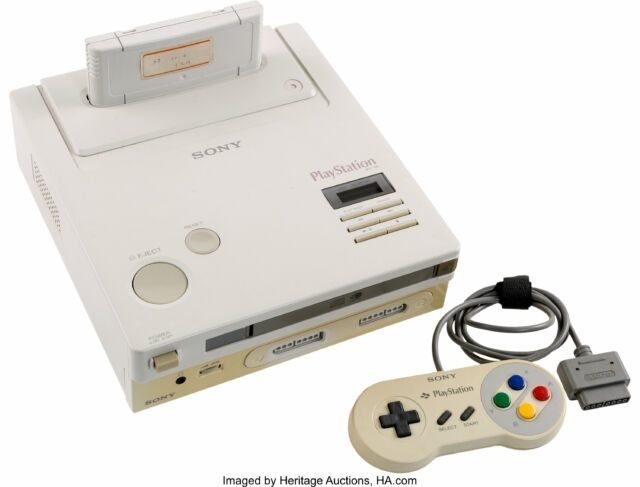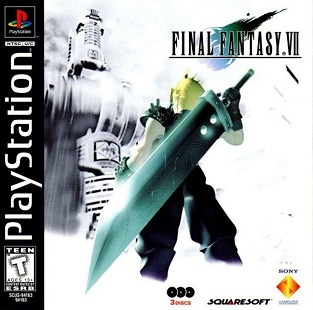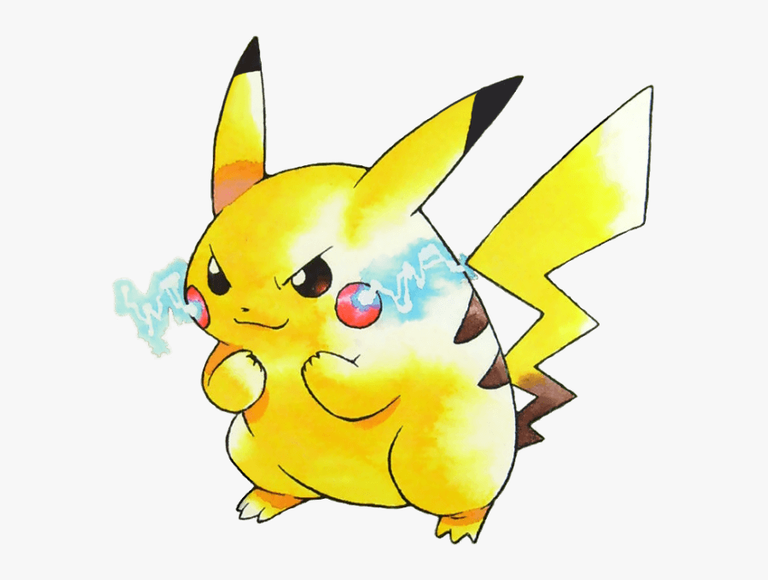Someone posted this question on Quora. I liked my answer so much, I felt the need to post it here.
There’s a lot of what ifs in this question. I like it, though. There are two main differing timeline points that need to be brought up.
First, for this to work, Sony (realistically) needs to not be a player in the video game space. The only thing that I could think of that would cause this to happen would be for Nintendo and Sony to actually go through with the Nintendo Playstation add-on for the Super Nintendo. From what I understand, it had potential, but the fact it was ostensibly an upgraded SNES with a CD drive kind of relegates it to the same problems that the Sega CD or 32X had. It might have some beefy, awesome internals in the add-on, but it’s still reliant on the underlying console to do most of its operations. And this, my dear reader, is the Achilles’ Heel of the Nintendo Playstation.

The SNES’ CPU cannot keep up with the CD based power that Sony had envisioned. It has the same problems the Saturn has with 3D gaming, only worse. Polygons look like Star Fox 2, maybe a smidge better. For the price point, nobody wants it. As a result, it is considered a flop and Nintendo and Sony split in a nasty, very humiliating way. Nintendo loses big, and so does Sony. Sony sees the losses, says “flip this nonsense, I’m staying FAR away from gaming” and never enters the gaming space. Thus, no Sony Playstation.
Now that we have that out of the way, let’s add a few real facts to this scenario. When the Sega Saturn launched, it was actually wildly popular. In the real world, the Saturn outsold the Playstation 3 to 2 for the first year of the Playstation’s life. The one game that saved Sony was Final Fantasy VII.

So it’s not out of the realm of possibility for Sega to pick up the Final Fantasy VII license instead of Sony, being that Sega had a CD based game. It would look nowhere near as nice on the Saturn, with polygons that are even blockier and more dithered. And the game would suffer from framerate drops. But it would still be a smashing success.
The second point that would need to be addressed is a little electric mouse…

I really don’t think people realize how crucial Pokemon has been to Nintendo’s success. This game would have to be an abysmal and cataclysmic failure to have this happen. Which, ironically enough, isn’t that far out of the realm of possibility. Early versions of Pocket Monsters Green Version are notoriously buggy.
No, really. Go watch that. He’s got another dozen videos talking about these bugs and glitches in a playlist on Youtube. Pokemon could have very easily disappeared and not become the juggernaut we know it is today.
Without those killer apps, so to speak, there is a very real possibility that Nintendo would cease hardware development. I believe Shigeru Miyamoto would probably retire or find work elsewhere, Satoru Iwata would find work in any number of business fields, Gunpei Yokoi (if he’s still alive at the time Nintendo folds) would likely just retire at that point due to his age. Whatever is left of Nintendo will probably do what Sega is doing now. They’d make games for other consoles.
Now, here’s the big “what if” moment. If Sony never entered the gaming space and Pokemon flopped, Sega would have a field day with the Dreamcast. Between the wild (and highly successful) marketing, SegaNet, and the smashing success of the NFL2K series, they would go ham. Since they don’t have Sony to worry about, they will never approach Microsoft to embed Windows CE in the Dreamcast. Because of this, Nintendo’s last Hail Mary play is to reach out to Microsoft instead of Sega for a collaboration. Microsoft is hesitant, but willing to play ball. Again, not out of the realm of possibility. One of the major differences we see is Microsoft pushing Nintendo into the CD arena far earlier than we see them in our timeline. The N64 is a CD based console, not a cartridge one. This helps the games have more storage for data, but requirements pushed by Microsoft hamstring the console’s true potential.
The failure of the N64 draws Microsoft into gaming scene, and we see a Microsoft G-Box (short for Gaming-Box) that has touches of Miyamoto’s design choices. It’s reasonably successful, Nintendo quietly bows out of the hardware space, and fans of the N64 yearn for the good old days of Mario Kart 64, talking about that time their friend got so pissed off that they chucked the game out the window like a frisbee, never seeing it again. When Microsoft sees that they can make family fun equate to Microsoft, they dive in with the next generation. The G-Box takes risks with each new console. New gimmicks, new ideas. Some of them work, some of them don’t. But Microsoft is willing to push the space, just so that they can one up Sega’s visionary design choices.
Sega, on the other hand, keeps pushing the envelope of what we think is possible. Motion controls become a gimmick in the 2000’s, sure. But between Sega investing in digital recognition technology and Microsoft making a weird, gimmicky wand that uses an IR sensor bar (that somehow makes them a gazillion dollarydoos), Motion Controls still become a thing that people look back on fondly. By the time this timeline catches up to us? Sega is dominating the Fighting Game Community. Every new Mortal Kombat, Street Fighter, and Tekken roll out and SegaNet is immediately abuzz with new people trying it out online. Sports titles show up on both platforms, and the Lootbox annoyances are already almost a decade behind us. Legislation popped up that recognized them as gambling in 2012, and every game developer was quick to patch out what they could and said “never again” to any future designs.
Microsoft hired Shigeru Miyamoto and set up an office in Kyoto back in 2004, making games for the G-Box. A little Game Boy-like handheld called a Dual Screen, or “DS” for short, captures the attention of a Microsoft Exec. It goes on to sell over 4 million units worldwide, and pushes Microsoft into the handheld, portable space. Sega follows suit with a handheld of their own, “The Wave.” It doesn’t do nearly as well as the DS, but makes enough of a splash (get it?) to become a fond memory in the minds of many children from that time period.
In the end, we see Sega and Microsoft battling each other in the current console wars. Each platform has their successes and failures, and Nintendo is left to the realm of “How different would gaming be if Sega left the hardware business in 2001 and not Nintendo? If the N64 was successful, would it have happened?”
Interesting thought experiment!
Right? I thought so too! It was fun writing that.